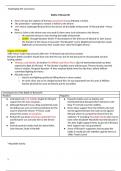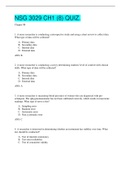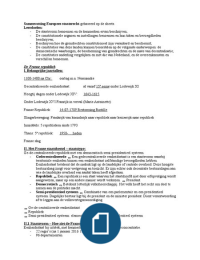Samenvatting
Summary Causation
- Vak
- Instelling
These notes are aimed at 1st-year tort law students. They contain information on the Compensation Act 2006, remoteness of damage, intervening causes, joint & several tortfeasors, and many other areas. The notes contain all the important & necessary cases you could need to know for your 1st-year exa...
[Meer zien]







